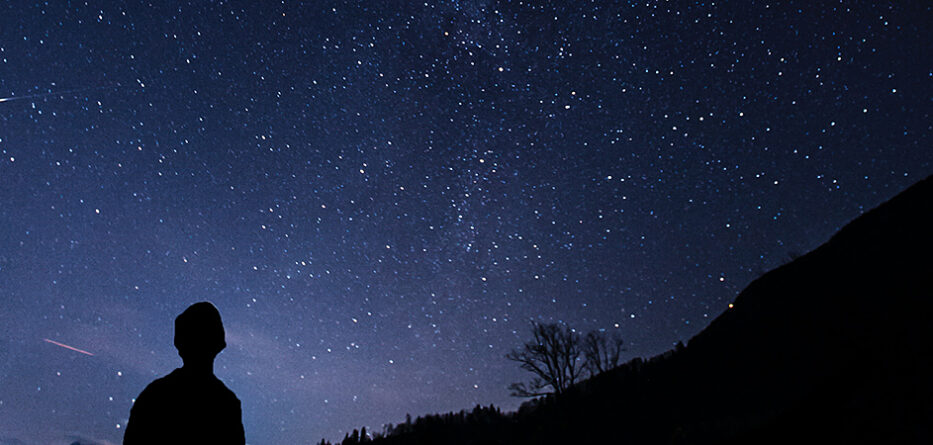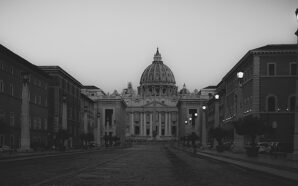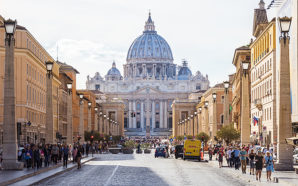We celebrate this year the centenary of one of the best-known texts of the French Jesuit and paleontologist Pierre Teilhard de Chardin. It was written as a prayer at two crucial moments in his life, and we know that in 1951 he was already projecting a third version. He called it The Mass on the World (La Messe sur le Monde), and it was collected successively in two of his works: The Priest and Hymn of the Universe. It is undoubtedly one of the 20th century’s most striking pieces of mystical literature.
A European war and a period of isolation in a Chinese desert were the two landscapes of desolation that marked his writing of The Mass on the World. But between the lines of the text, one might also recognize visual cues from other locales in Teilhard’s life: the freshness of the poplar forests bordering the Aisne River, near Verdun, the yellowish chestnut trees in Sussex, the cliffs of the island of Jersey.
All these landscapes were for the Jesuit scientist part of a “composition of place,” a prayerful consideration of a religious theme; in this case, that leads us to the ineffable presence of God in the wildest of nature and in the rough nakedness of the rocks, images that speak unfailingly to a paleontologist about the long and mysterious history of the Earth and the unfathomable extension of geological time, which far exceeds the narrow life of a person.
Both at Verdun and in the deserts of China, Teilhard was immersed in the severe precariousness of a nomad; and as a priest, he was deprived of the possibility of celebrating the Eucharist. Instead, he tried to celebrate it inside his heart, setting as an altar the very landscape that appeared before his eyes at the first light of the day before he was absorbed by the tasks of a scientific journey. The Mass on the World is a reminder to us that the sacrifice of the Mass extends far beyond the churches where it is usually celebrated. And it extends, moreover, in all the senses of existence. It extends in space to encompass the entire cosmos and it extends in time to reach past and future generations, by virtue of what the church has long called the “communion of saints.”
To continue reading this article, click here.
Juan V. Fernández de la Gala is the vice president of the Spanish Teilhard de Chardin Association.
With thanks to America and Juan V. Fernández de la Gala, where this article originally appeared.








